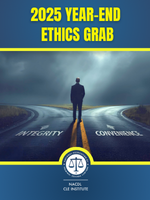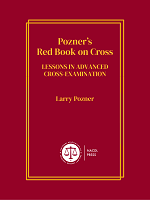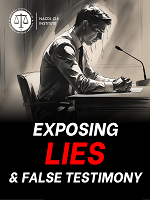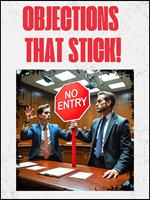Brief filed: 09/12/2022
Documents
Washington v. State of Maryland
Court of Appeals of Maryland; Case No. 739
Prior Decision
On appeal from the Court of Special Appeals of Maryland
Argument(s)
In 2000, the U.S. Supreme Court concluded in Illinois v. Wardlow, 528 U.S. 119 (2000), that an individual’s “unprovoked flight” in a “high-crime area” created sufficient “reasonable suspicion” of criminal activity to justify a stop, interrogation, and search of that individual under the framework prescribed in Terry v. Ohio, 392 U.S. 1 (1968). In this case, the Maryland Court of Special Appeals interpreted Wardlow as providing that “unprovoked flight from law enforcement in a high-crime area”—by itself—can be enough to trigger such an intrusion. Ct. Spec. App. Op. at 11 (Mar. 24, 2022) (hereinafter, “COSA Op.”). In reaching that conclusion, the Court of Special Appeals acknowledged that a growing number of state and federal courts—following the standard announced in Terry and applied in Wardlow—account for the “reality that Black individuals have no shortage of innocent reasons to flee at the sight of law enforcement.” Id. at 13. But the Court of Special Appeals, “constrained by [its] place in Maryland’s judicial hierarchy,” thought itself powerless to consider that reality in assessing the reasonableness of the detention and search at issue in this case. Id. at 13, 16.
As an initial matter, Wardlow did not expressly adopt a categorical rule that law enforcement is constitutionally permitted to stop and frisk anyone perceived to be fleeing from police in a purportedly “high-crime” area. See People v. Flores, 38 Cal. App. 5th 617, 631 (2019) (rejecting the argument “that ‘flight’ plus ‘high-crime area’ equals reasonable suspicion for a detention,” and confirming that “Wardlow . . . did not make such a bright-line holding”). Indeed, the term “high-crime area” has itself eluded consistent definition. Instead, Wardlow applied Terry’s holistic “reasonable suspicion” standard to the unique facts and circumstances presented. But the Wardlow Court made clear that any reasonable suspicion analysis must be based on “commonsense judgments and inferences about human behavior”—a directive that necessarily requires courts to account for societal advances, including evolving social science, over time.
Our understanding of human behavior has progressed dramatically in the twenty years since Wardlow was decided. State and federal courts around the country have relied on an expanding body of empirical evidence to deem unconstitutional under Terry police stops based on a Black individual’s flight in a supposedly “high-crime area.” Consistent with Wardlow’s teaching and that jurisdictional trend, this Court can—and should—take the opportunity to clarify that in Maryland, too, the “commonsense” implication of a Black man’s flight from police is not criminal guilt, but rather an understandable desire to avoid an interaction fraught with fear and distrust. Amici therefore urge the Court to reverse the decision below, and to hold that the mere fact of flight from law enforcement in a “high-crime area” did not, without more, give the officers in this case adequate cause to stop and search the defendant, Mr. Washington.
Author(s)
Dennis A. Corkery, Jonathan M. Smith, Washington Lawyers’ Committee for Civil Rights & Urban Affairs, Washington, DC; Kristin Nicole Henning, Georgetown Law Juvenile Justice Clinic and Initiative, Washington, DC; Michael E. Bern, Stephen P. Barry, Joseph E. Sitzmann, Alexandra Van Dine, Henry Zaytoun, Latham & Watkins LLP, Washington, DC; Michael Pinard, University of Marylan Francis King Carey School of Law, Baltimore, MD.












